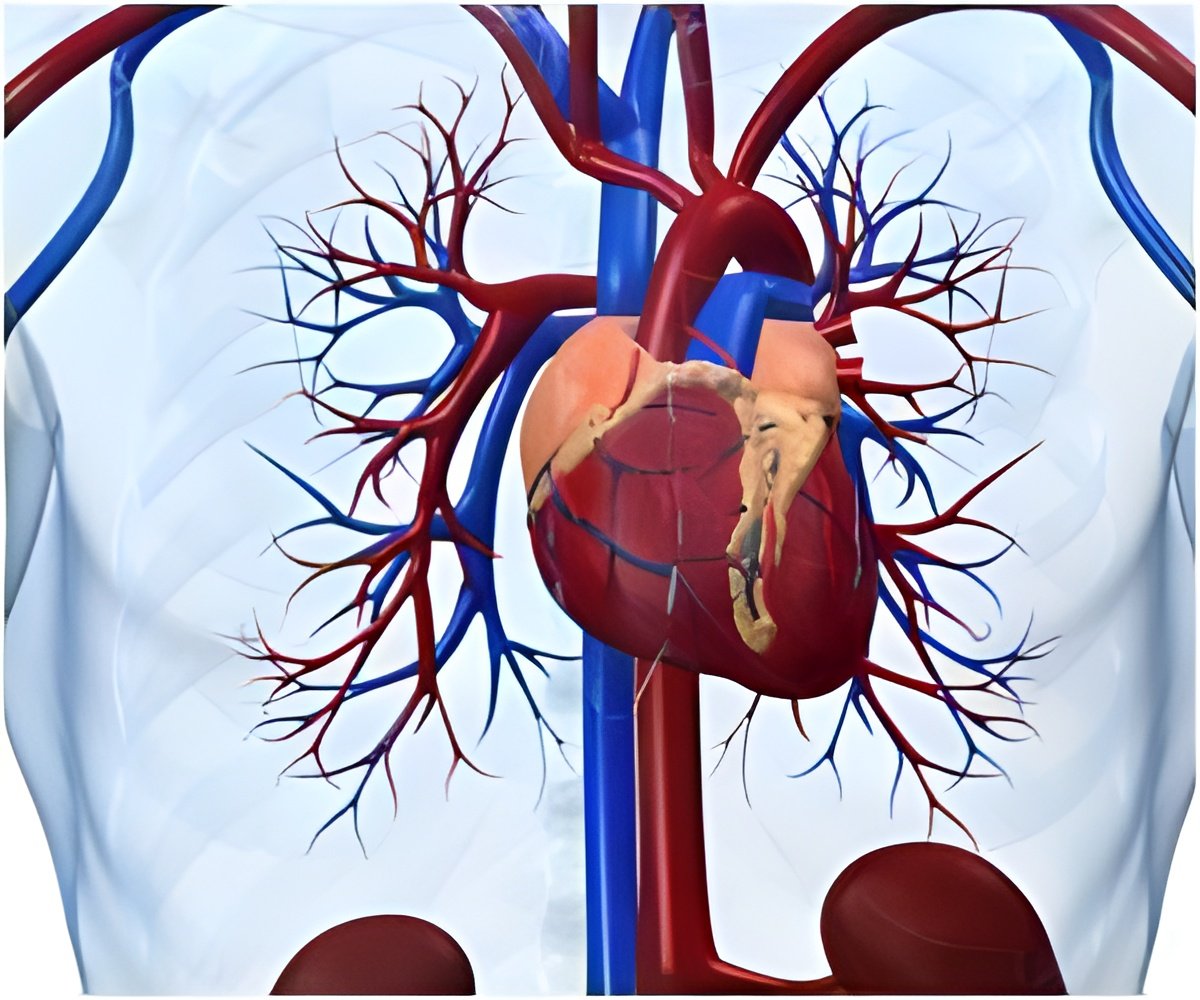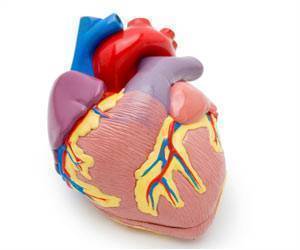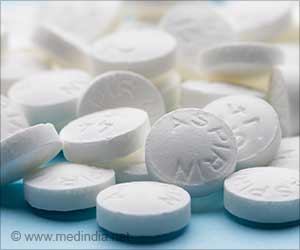Cardiac resynchronisation therapy (CRT) reduces rates of death and re-hospitalization among heart failure patients, claims study.

The survey - a joint initiative of the Heart Failure Association and European Heart Rhythm Association of the European Society of Cardiology (ESC) - gathered information on more than 2000 patients at 141 centres in 13 European countries.
The study population included subjects poorly represented in clinical trials but commonly admitted as heart failure patients - including the very elderly, those with atrial fibrillation, and those previously treated with a pacemaker or other cardiac device.
Analysis of the survey data showed that at one year (average) follow-up, 81percent reported a self-assessed improvement in their symptoms (with 16 percent no change and 4 percent a deterioration).
The survey also found that almost 25 percent of the subjects had died or been re-hospitalised within the 12-month follow-up period.
This poor outcome (whose rate is consistent with that found in clinical trials - was directly associated with the diagnostic severity of the heart failure, the pre-existence of atrial fibrillation (or other heart disease), and the type of resynchronisation cardiac device implanted.
Advertisement
"This is the largest study reporting a difference in outcome between CRT-D and CRT-P," said first author Dr Nigussie Bogale from Stavanger University Hospital in Norway.
The use of advanced CRT devices has gained increasing acceptance in recent years and they are now being implanted on a large scale as an adjunct to conventional drug treatment.
Indeed, some reports have described the two types of devices (CRT-P and CRT-D) as a revolution in heart failure.
The findings have been published in the European Journal of Heart Failure.
Source-ANI















